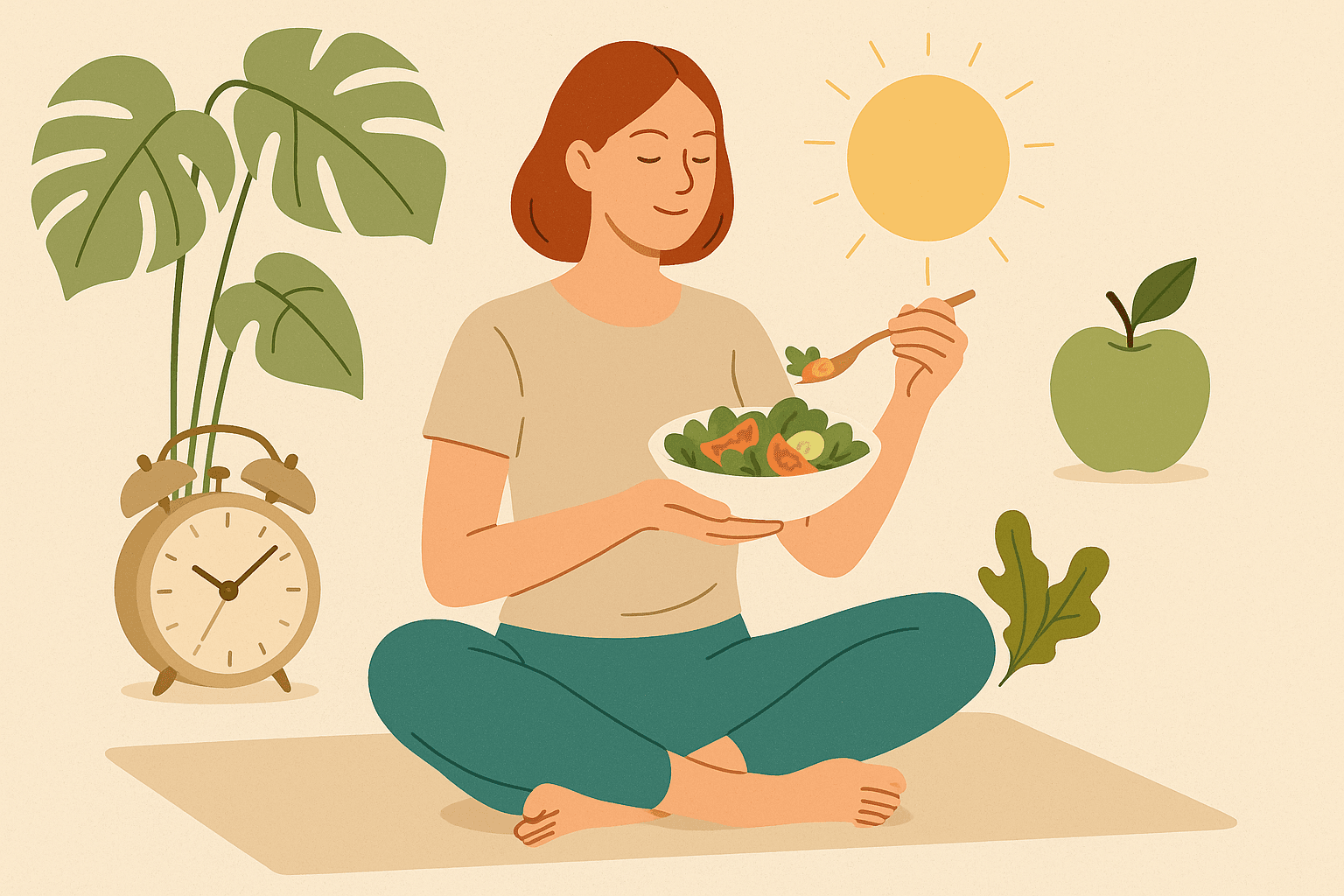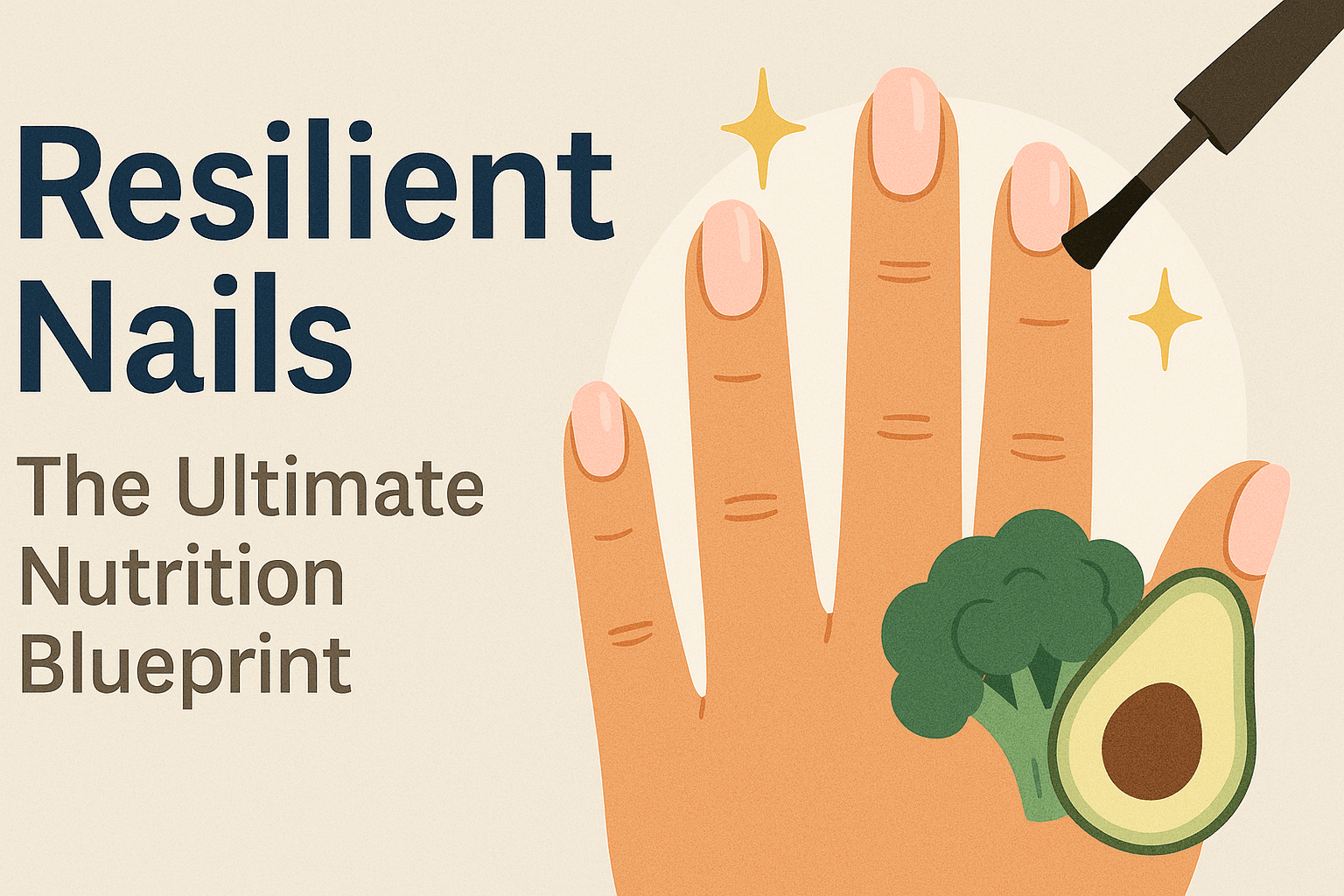Nourish Your Vision: The Complete Nutrition Blueprint for Bright, Sharp, Healthy Eyes
Published on May 27, 2025

Your eyes are not just the windows to your soul — they are direct extensions of your nervous system. And like your brain and heart, they rely on regular nourishment to operate clearly and age healthily.
Between screen strain, fluorescent lights and nutrient-depleted diets, our eyes are more stressed than ever. Fuzzy vision, dry eyes, and trouble in dim light aren’t just about age—they’re signs your eyes need feeding.
This longform article includes:
What your eyes are made of — and why they require specific nutrients
Most common food and lifestyle factors behind vision decline and dry eye
Essential nutrients for macular degeneration, cataracts, and fatigue prevention
A simple eating pattern for visual clarity and long-term eye health
Daily habits to reduce digital fatigue and support vision
Your Eye Anatomy, Nutritionally Speaking The retina consumes more oxygen per gram than any other tissue. That makes eye cells metabolically expensive and sensitive to deficiency.
Core eye structures and needs:
Cornea: hydration and anti-inflammatory support
Lens: protected from glycation and oxidation (think cataracts)
Macula: antioxidant-rich defense for central vision
Retina: supported by essential fats and nutrients
Optic nerve: nourished by B vitamins and circulation
Signs Your Eyes Need More Nutrients
Dry or gritty eyes
Foggy vision in the afternoon
Light sensitivity
Eye twitching or fatigue
Slow adaptation to darkness
Declining night vision
Habits That Protect Your Vision
Adopt the 20-20-20 rule during screen time
Use blue light filters in the evening
Get 7–9 hours of uninterrupted sleep
Wear UVA/UVB blocking sunglasses
Exercise regularly to enhance circulation
Avoid smoking and manage oxidative stress
Key Nutrients to Support VisionLutein & Zeaxanthin
Antioxidants that concentrate in the retina
Sources: spinach, kale, corn, egg yolks
Vitamin A
Critical for low-light and color vision
Sources: liver, sweet potato, carrots
Omega-3s (EPA/DHA)
Reduce dry eye and improve tear quality
Sources: salmon, sardines, flaxseed
Vitamin C & E
Antioxidants for lens protection
Sources: bell peppers, citrus, almonds
Zinc & Copper
Aid retinal enzymes and prevent degeneration
Sources: oysters, pumpkin seeds, cashews
Astaxanthin
Marine antioxidant that crosses the blood-retina barrier
Sources: red algae supplements
Eye-Friendly Daily MenuMorning:
Lemon water + omega-3
Scrambled eggs with spinach and avocado
Smoothie with kale, mango, chia, carrot juice, yogurt
Lunch:
Grilled salmon
Lentil salad with sweet potato and kale
Handful of walnuts
Afternoon:
Carrot sticks with hummus
Nettle or rooibos tea
Dinner:
Tofu stir-fry with broccoli, garlic, bell pepper, and brown rice
Blueberries + square of dark chocolate
Hydration goal: 2–2.5 L per day
Supplements (If Needed)
Lutein/Zeaxanthin complex: 10–20 mg
Vitamin A: only if deficient, avoid excess
Omega-3s: 1,000–2,000 mg/day
Zinc 15–30 mg + copper 2 mg
Vitamin C + E combo
Astaxanthin: antioxidant eye protection
Final Reflection: Feed Your Vision, Protect Your Future Your eyes aren’t just optical instruments—they’re your bridge to color, expression, and emotion. What you eat today shapes how you’ll see the world tomorrow.
So eat for clarity. Live with intention. And protect your vision—because there’s a lot more beauty to come that’s worth seeing in focus.








